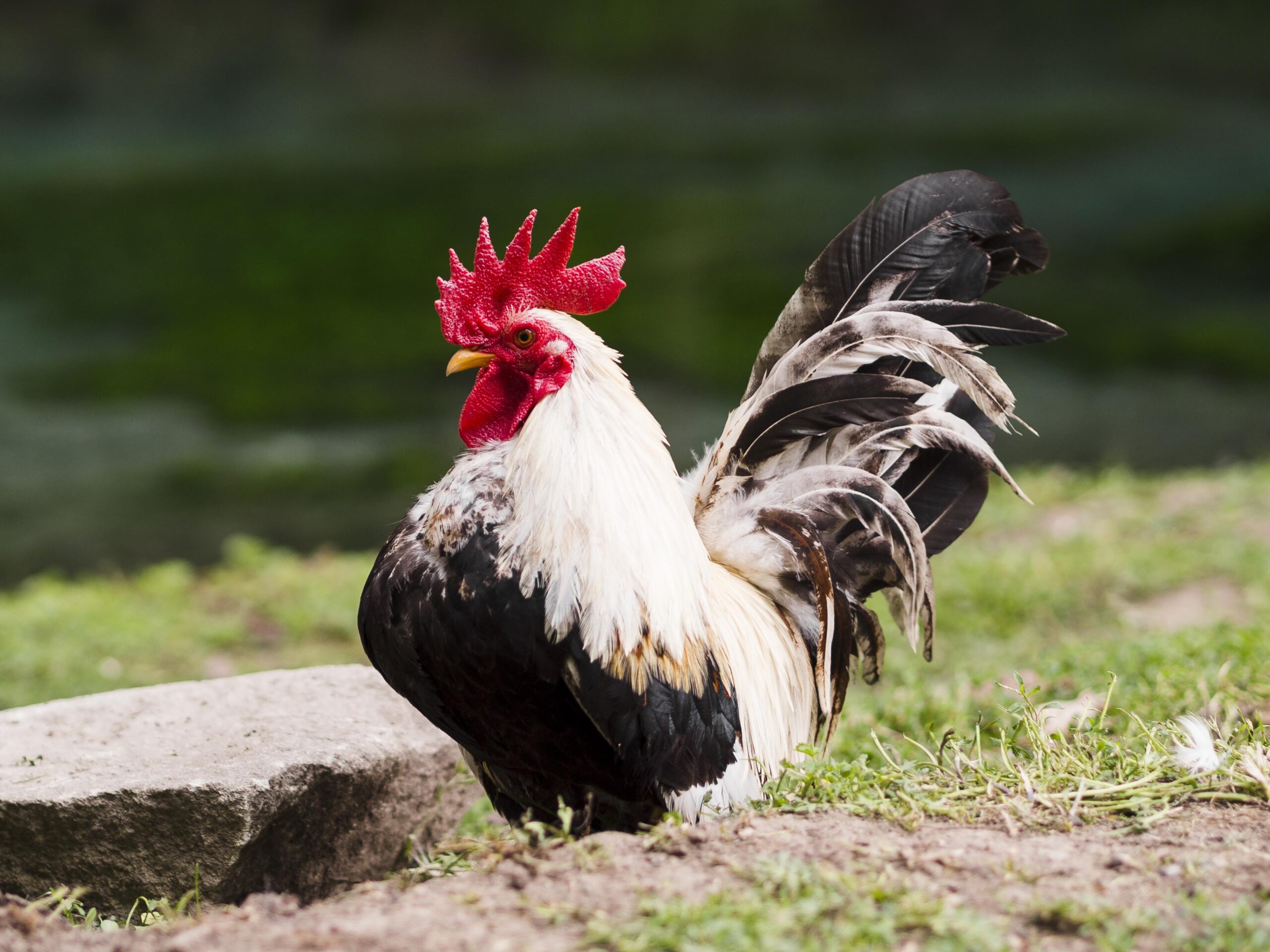Panimula
Ang sabong ay hindi lamang isang libangan kundi isang sining na nangangailangan ng tamang pagpaplano at dedikasyon. Para matiyak ang panalo ng iyong manok, mahalagang isaalang-alang ang tamang diet at training bago ang laban. Sa artikulong ito, tatalakayin natin ang mahahalagang aspeto ng paghahanda, mula sa tamang nutrisyon hanggang sa pinakamabisang training regimen.
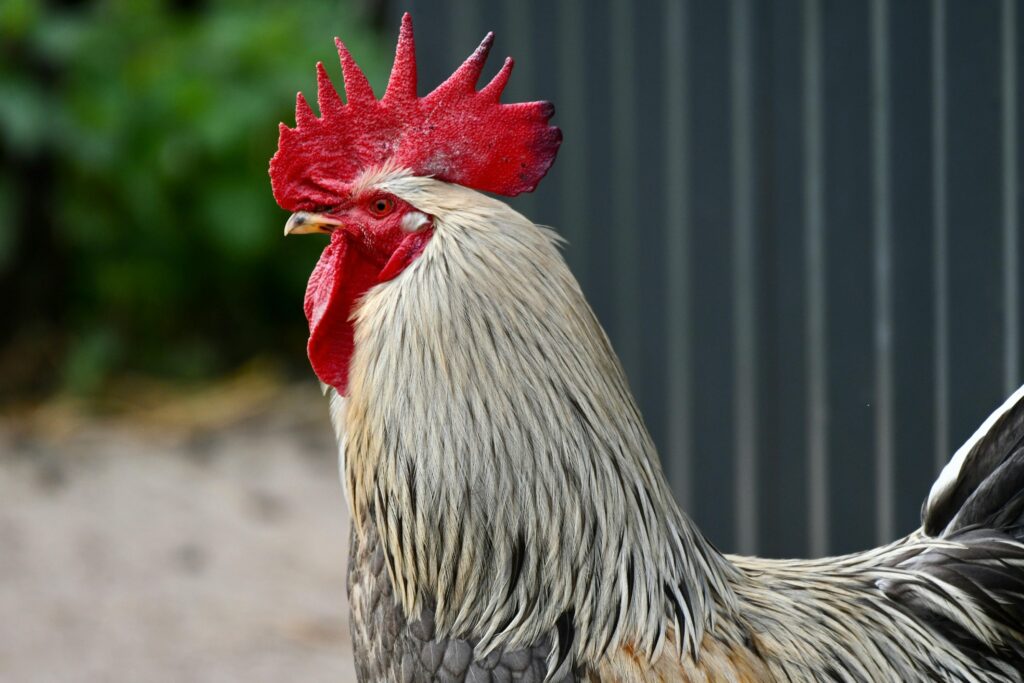
Photo by Mayukh Karmakar
Bakit Mahalaga ang Tamang Diet at Training?
Ang tamang diet at training ay may direktang epekto sa lakas, bilis, at resistensya ng isang panabong na manok. Kung hindi sapat ang nutrisyon o kulang ang training, maaaring mabilis mapagod o hindi makapaglaban nang maayos ang iyong manok.
Mga Benepisyo ng Tamang Diet at Training:
- Mas mataas na resistensya laban sa sakit
- Mas mabilis at malakas na galaw sa sabungan
- Mas mataas na survival rate sa laban
- Mas mainam na kondisyon para sa breeding
Paghahanda ng Manok sa Laban
Ang tamang paghahanda ng panabong na manok ay nagsisimula ilang linggo bago ang laban. Dapat isaalang-alang ang tamang pagkain, supplements, at training regimen para matiyak ang pinakamahusay na kondisyon.
Tamang Diet Bago ang Laban
Ang pagkain na ibinibigay sa manok panabong bago ang laban ay dapat may tamang kombinasyon ng:
- Proteins – para sa muscle growth at recovery
- Carbohydrates – para sa enerhiya
- Fats – para sa long-term stamina
- Vitamins & Minerals – para sa immune system at overall health
Pinakamahuhusay na Pagkain para sa Panabong
Narito ang ilan sa mga dapat ipakain sa manok bago ang laban:
| Pagkain | Benepisyo |
| Mais | Mataas sa enerhiya |
| Soya Meal | Mayaman sa protein |
| Fish Meal | Para sa muscle recovery |
| Green Leafy Vegetables | Para sa vitamins at minerals |
| Oats | Tumutulong sa digestion |
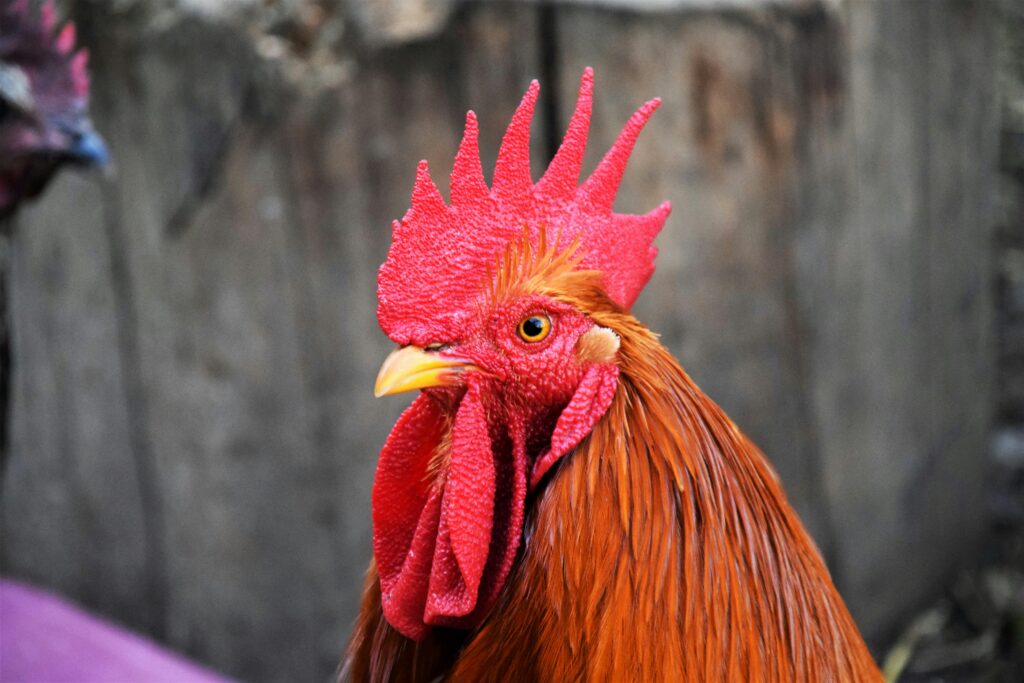
Photo by Anthony Beck
Mga Bawal na Pagkain sa Manok Panabong
- Junk food o processed food
- Matatabang pagkain
- Napakaraming asin o asukal
- Kaning-baboy o tirang pagkain
Hydration at Electrolytes: Bakit Mahalaga?
Ang tamang hydration ay kritikal upang maiwasan ang dehydration, lalo na sa mainit na panahon. Ang electrolytes ay tumutulong sa fluid balance at pinipigilan ang muscle cramps.
Mga Epektibong Training Methods
Ang tamang training regimen ay dapat may kombinasyon ng speed, strength, at endurance exercises para sa pinakamataas na performance sa laban.
Interval Training para sa Lakas at Bilis
Ginagamit ito para mapalakas ang reflexes at agility ng panabong.
Endurance Training: Paano Palakasin ang Resistencia?
Dapat may regular na practice fights upang sanayin ang katawan ng manok sa matagalang laban.
Conditioning: Paano Mapapanatili ang Katawan ng Manok?
- Regular stretching at warm-up exercises
- Vitamin supplementation
- Tamang pahinga
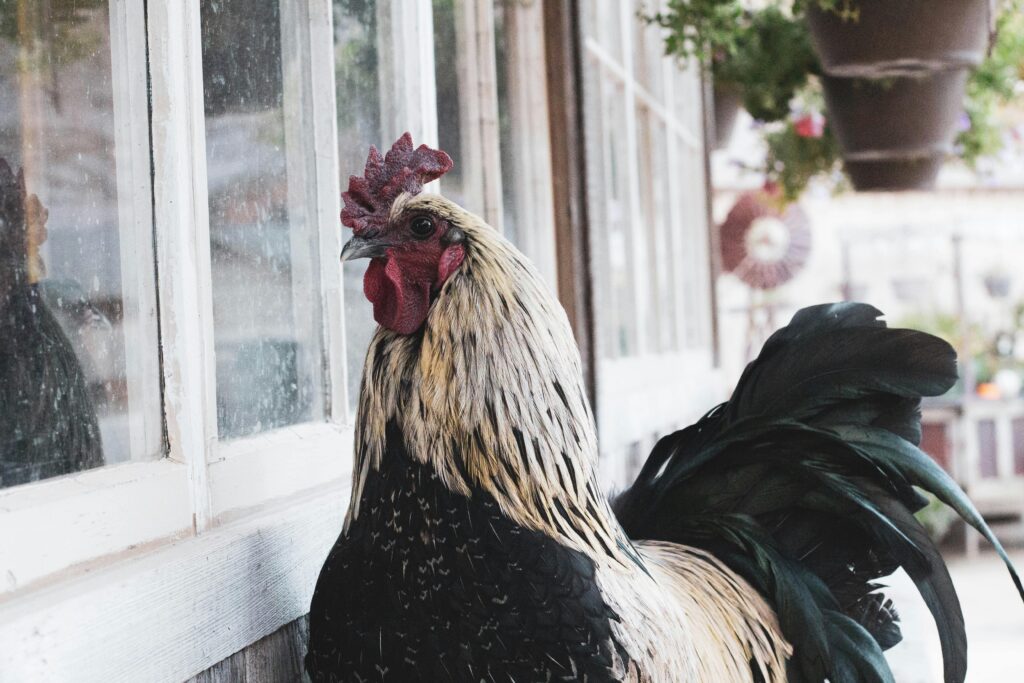
Photo by Arron McCrory
Mga Natural na Supplement para sa Manok Panabong
| Supplement | Benepisyo |
| Vitamin B12 | Para sa energy boost |
| Fish Oil | Para sa joint health |
| Garlic | Para sa immune system |
| Ginseng | Para sa endurance |
Gaano Kahalaga ang Pamamahinga Bago ang Laban?
Ang sapat na pahinga ay mahalaga upang maiwasan ang stress at fatigue bago ang laban.
Karaniwang Pagkakamali sa Diet at Training
- Masyadong matapang na training bago ang laban
- Hindi sapat ang recovery time
- Hindi balanseng pagkain
- Hindi maayos ang hydration plan
FAQs
1. Kailan dapat simulan ang training ng manok bago ang laban?
Dapat magsimula 3-4 linggo bago ang laban para sa tamang conditioning.
2. Ilang beses dapat mag-training ang isang manok panabong?
2-3 beses sa isang araw, depende sa kanyang kondisyon.
3. Ano ang pinakamahusay na pagkain bago ang laban?
High-protein meals tulad ng fish meal at soya meal.
4. Paano maiwasan ang stress ng manok bago ang laban?
Siguraduhin ang tamang pamamahinga at iwasan ang sobrang exposure sa ibang manok.
5. Ano ang dapat gawin kung mahina pa rin ang resistensya ng manok kahit may training?
Muling suriin ang diet at hydration, at gumamit ng tamang supplements.
6. Ano ang pinakamainam na inumin bago ang laban?
Tubig na may electrolytes para sa hydration at energy boost.
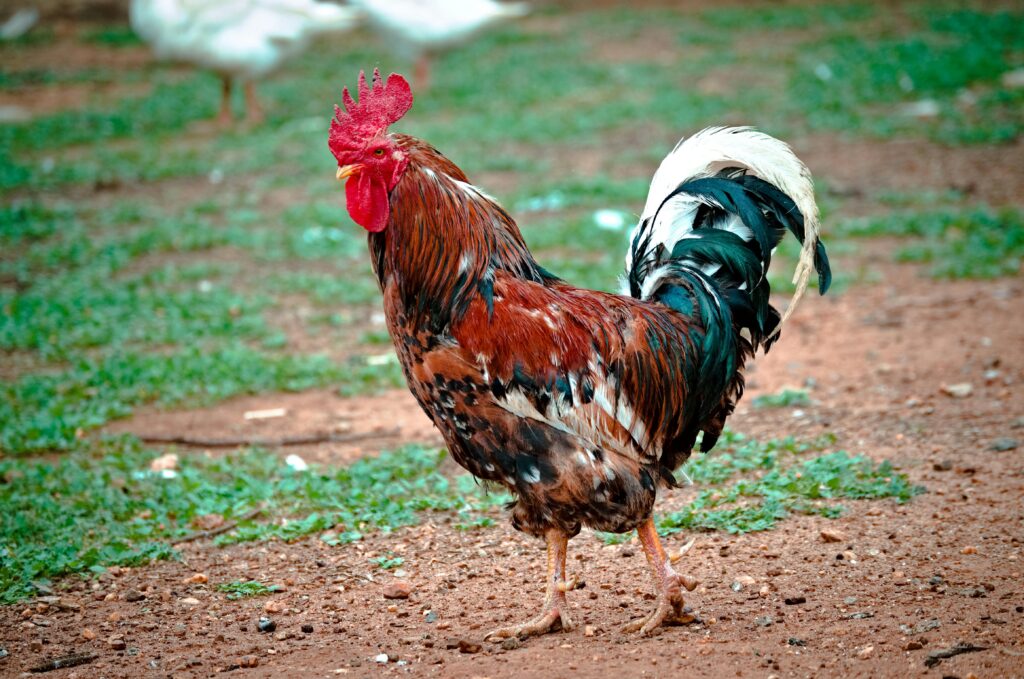
Photo by Linken Van Zyl
Konklusyon
Ang tamang diet at training ay susi sa tagumpay ng iyong panabong. Sa pamamagitan ng wastong nutrisyon, hydration, tamang pagsasanay, at sapat na pahinga, mas malaki ang tsansa mong manalo sa laban.
